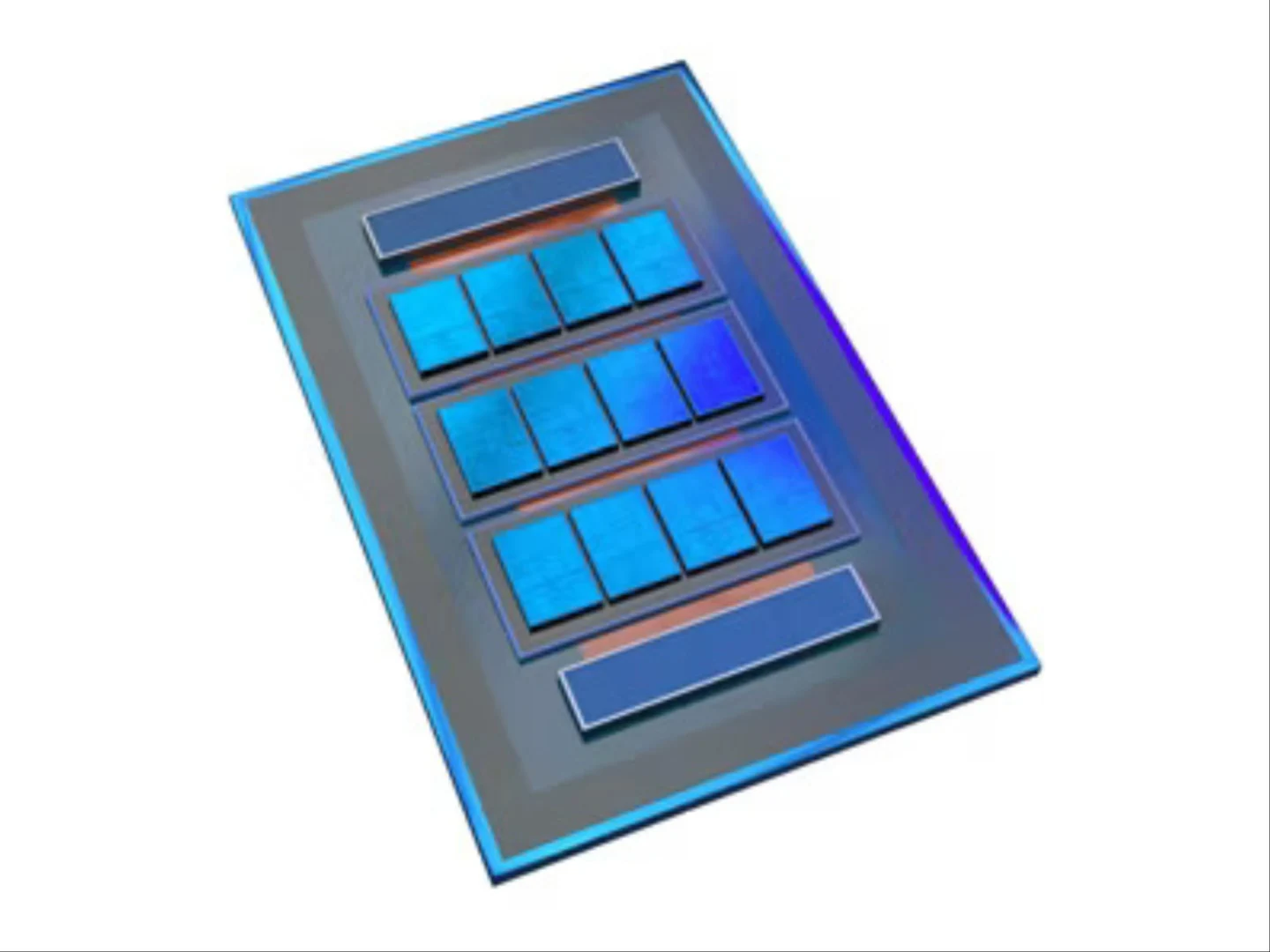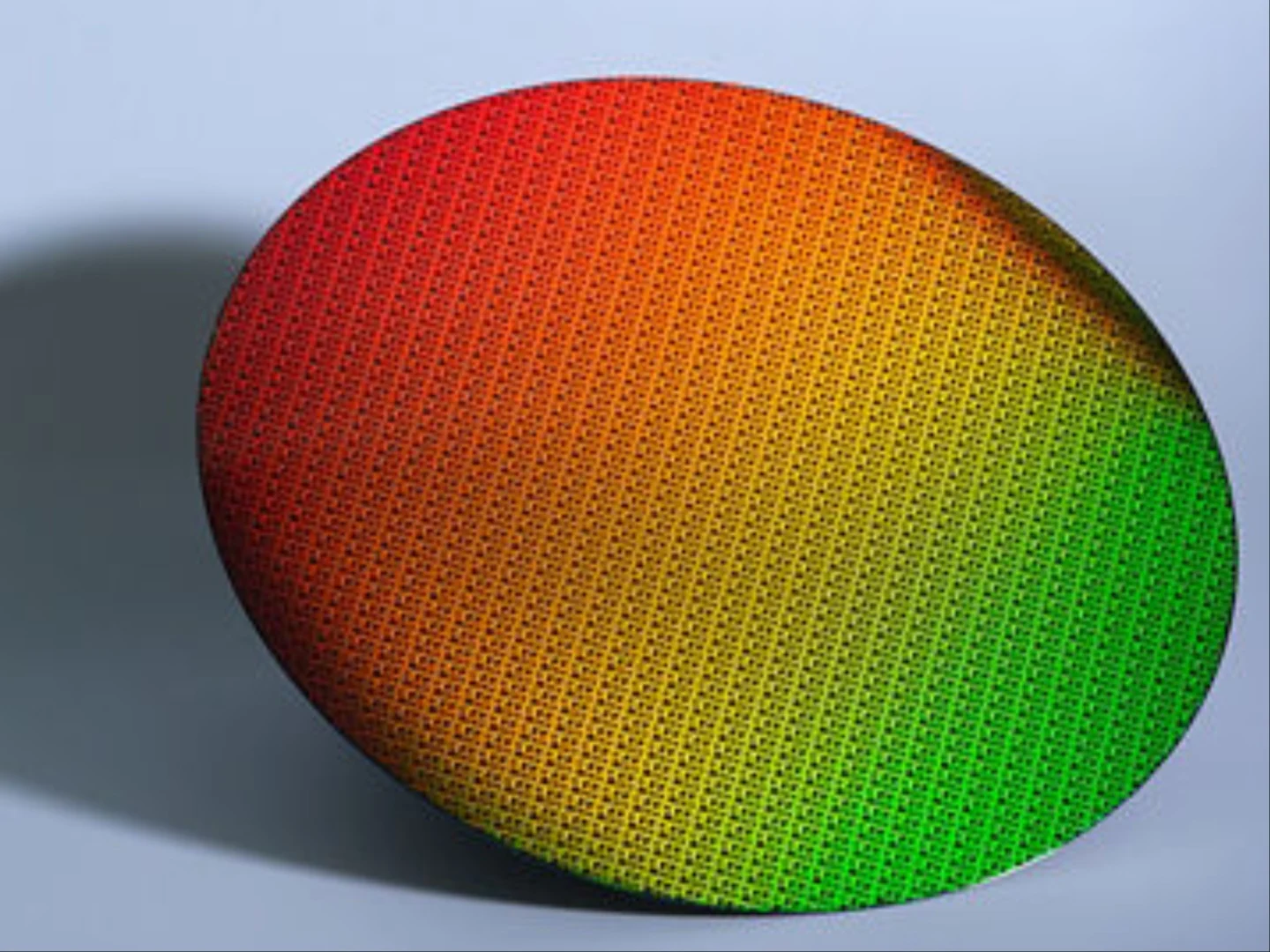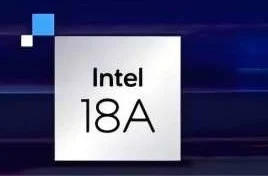Key Takeaways
1. Core Count: Nova Lake-S CPUs may feature up to 52 cores, representing a significant advancement in Intel’s desktop CPU design.
2. Integrated GPU Architecture: The CPUs will include a unique integrated GPU (iGPU) combining Xe3 for graphics performance and Xe4 for display and media tasks.
3. Media Support: The iGPU is expected to have enhanced media capabilities with professional codec support and modifications to the standard Xe3 design.
4. Variety of SKUs: The Nova Lake-S lineup might have four different models, but it’s uncertain if all will feature the same iGPU configuration.
5. Manufacturing Technologies: Intel aims to utilize advanced manufacturing processes, including its 18A and TSMC’s 2 nm, for the Nova Lake-S CPUs, with a release expected in the second half of 2026.
The Intel Nova Lake-S desktop CPU design is set to be a major advancement from Intel in the desktop market segment. Recent leaks indicate that the Nova Lake-S CPUs might boast up to 52 cores in total. When they are expected to be released next year, likely in the second half of 2026, it’s said that the chips will come with a distinctive integrated GPU (iGPU) that includes both Xe3 and Xe4 components.
GPU Architecture Insights
Insider Jaykihn on X has shared that the Nova Lake-S desktop CPUs will incorporate both Xe3 and Xe4 GPU designs for their iGPUs. The primary GPU tile is based on Xe3, while Xe4 will handle display functions and media tasks like encoding and decoding.
To put it simply, the Xe3 “Celestial” architecture is the main source of graphic performance, while some features of Xe4 are used for additional support.
Media Support Claims
Furthermore, leaker Bionic_Squash has mentioned that “the media is very nice, professional codec support.” They also hint that the Xe3 component for the Nova Lake-S iGPU is not the standard version and includes “several changes.” The basic Xe3 might be saved for the Arc Celestial desktop GPUs and perhaps the high-end Panther Lake laptop models.
From the leaks available, the Intel Nova Lake-S lineup appears to include four different SKUs:
It remains unclear if all these versions will have the Xe3+Xe4 iGPU or if they will come with varied setups. Given that these are tile-based CPUs, Intel has the flexibility to adjust configurations with different architectures easily. Therefore, the final graphics solution remains uncertain.
Manufacturing Processes
Lastly, there are discussions about the possibility of using Intel’s 18A and TSMC’s 2 nm manufacturing processes for Nova Lake-S.
With Panther Lake laptop CPUs anticipated in the second half of 2025, followed by the Arrow Lake Refresh for desktops, and finally Nova Lake in 2026, Intel seems to have an exciting CPU lineup ahead. The key for the company will be to provide strong products to regain its competitive edge.
Source:
Link







